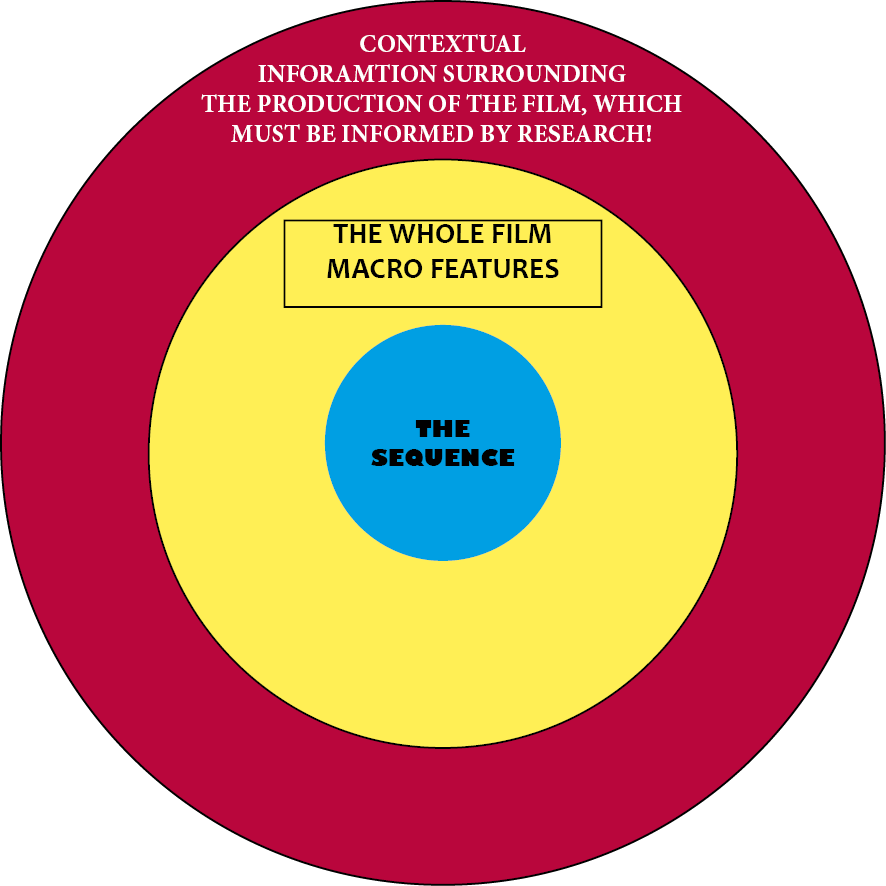Task – A textual analysis essay.
Essay title
Complete a textual analysis of the denouement of The Dark Knight and answer the following question.
‘Analyse and evaluate the representation of Batman in the final sequence of the The Dark Knight (2008) Nolan.’ You should use specific examples of mise-en-scene and cinematography to discuss how Nolan highlights the messages and themes in the film.
Advice and Guidance
- The essay will be assessed in how it shows your ability to demonstrate…
- …an understanding of the cultural context.
- … an understanding of how the extract makes use of film elements to create meaning.
- …an understanding of the ways in which the cultural context of the film and the identified film elements relate to each other, as well as to the chosen film text as a whole
- The essay should be approx 750 words long (+/- 10%).
- You should use screen shots of key moments from the sequence that are the subject of your close textual analysis.
Research & Context
-
- You should refer explicitly to the Crash Course YouTube video on, ‘The War on Terror’.
- Quote from the article we discussed in class, Dark Knight, Dark Ideas by Chris Turner.
- This article and the Crash Course YouTube Video should be credited and referenced at the end of the essay.
Structure
- Introduce the Film and the important contexts

- 9/11 and The War on Terror
- Reference the Crash Course Video
- Explain how this has impacted on the representation of Batman
- Quote the Dark Knight Dark Ideas article
- 9/11 and The War on Terror
- Introduce the themes and ideas evident at the end of the film
- How do these diverge from the narrative / themes of the hero’s journey?
- Explore three examples of mise-en-scene and how these are important in reflecting the themes and ideas in the film
- Explore three examples of cinematography and how these are important in revealing the themes and ideas in the film
- Sum up the essay and the evolution of Batman